
Young blue sheep (bharal); Halle; 4th September 2011 ZooChat
The bharal or Himalayan blue sheep ( Pseudois nayaur) is a mammal of the Caprinae subfamily. The bharal is found in the high Himalayas of Nepal, Tibet, China, Kashmir, Pakistan, Bhutan and the Republic of India . The bharal has horns that grow upwards, curve out and then towards the back, somewhat like an upside down mustache.

Bharal The bharal or Himalayan blue sheep or naur is a caprid found in the high Himalayas of
The bharal ( Pseudois nayaur ), also called the blue sheep, is a caprine native to the high Himalayas. It is the only member of the genus Pseudois. [3] It occurs in India, Bhutan, China (in Gansu, Ningxia, Sichuan, Tibet, and Inner Mongolia ), Myanmar, Nepal, and Pakistan. [1]
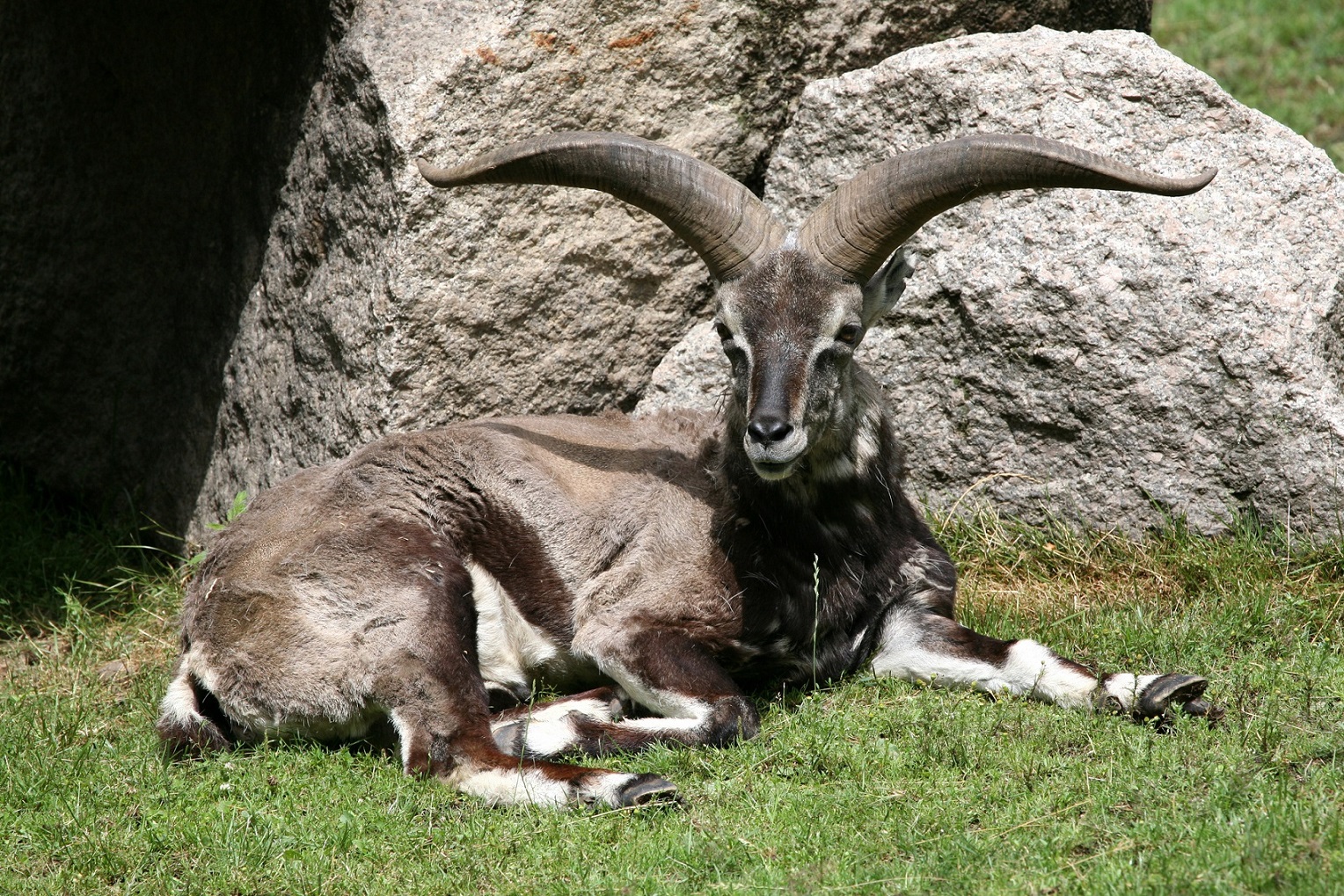
10 extraordinary things to do in Bhutan
The bharal ( Pseudois nayaur ), also called the blue sheep, is a caprine native to the high Himalayas. It is the only member of the genus Pseudois. It occurs in India, Bhutan, China (in Gansu, Ningxia, Sichuan, Tibet, and Inner Mongolia ), Myanmar, Nepal, and Pakistan.

Bharal, Himalayan blue sheep, Tibet Like to see the pictur… Flickr
The Bharal, or Blue Sheep, occurs in montane habitats of the mid-Himalayas, between 2500 and ~6000 metres elevation. Its range stretches from northern Pakistan eastwards to northernmost Myanmar, the latter being the only location in Southeast Asia where it is known to occur (Rabinowitz & Saw, 1998).

Closeup of Bharal, Himalayan Blue Sheep or Naur Stock Image Image of nature, asia 199960973
1,200 to 6,000 m to ft Physical Description Blue Sheep possess a stocky body and stout legs, with robust shoulders and a broad chest (Wang and Hoffman 1987). Their pelage ranges from grayish brown to slate blue (Schaller 1998), hence the common name blue sheep.

Bharal or Himalayan blue sheep or naur (Pseudois nayaur) is a caprid found in the high Himalayas
The bharal or Himalayan blue sheep or naur ( Pseudois nayaur) is a caprid found in the high Himalayas of India, Nepal, Bhutan, Tibet, and Pakistan. Its native names include bharal, barhal, bharar and bharut in Hindi, na or sna in Ladakh, nabo in Spitian, naur in Nepali and na or gnao in Bhutan. Sources and Credits
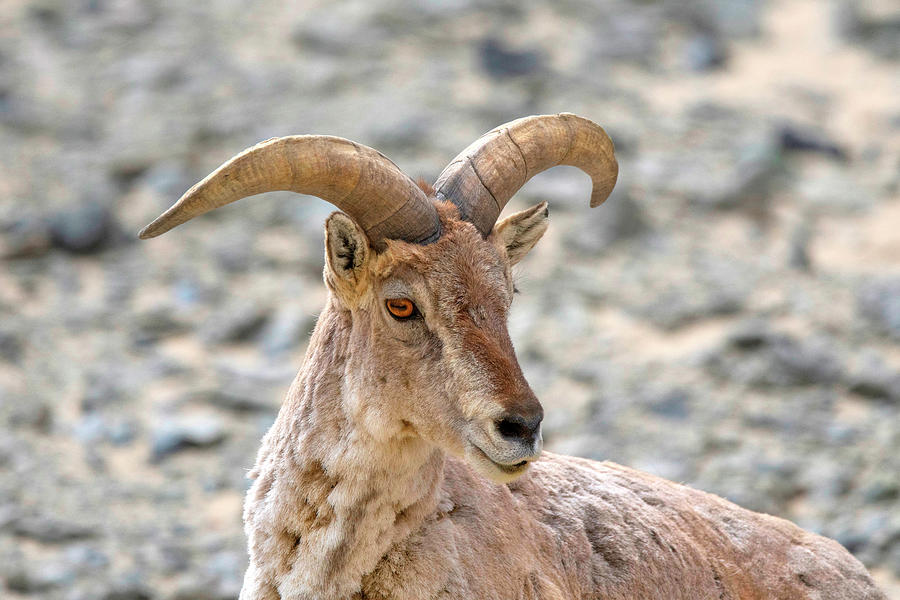
Blue Sheep or bharal, Pseudois nayaur, Ladakh Photograph by Yogesh Bhandarkar Pixels
Bharal are mostly grazers, however at the times of lack of grass that time they change to herbs and shrubs. Psuedovis Nahoor is deliberated as a low risk threatened species by the IUCN (1996).The height of the Psuedovis Nahoor is nearly 69 to 91 cm high. Male Himalayan bharal are somewhat bigger than female bharal

The Bharal Or Himalayan Blue Sheep Photograph by Anton Jankovoy
Bharal (Blue Sheep) Pseudois nayaur [szechuanensis] Order: Artiodactyla Family: Bovidae (Caprinae) . 1) General Zoological Data . Two species are recognized, P. nayaur from the Himalayans to Mongolia , and P. schaeferi from Sichuan , China ( Nowak, 1999). Both are endangered or threatened species, but the Zoological Society of San Diego has had a thriving, reproductive herd of bharals since.

Bharal Himalayan Blue Sheep Zentralasien Stockbild Bild von himalaja, asien 167050291
The bharal, also known as the blue sheep or Himalayan blue sheep, is a wild sheep species that inhabits the Himalayas and surrounding areas. They are named for their bluish-gray coat, which helps them blend into their rocky surroundings. Bharals are known for their agility and are able to navigate steep, rocky terrain with ease.
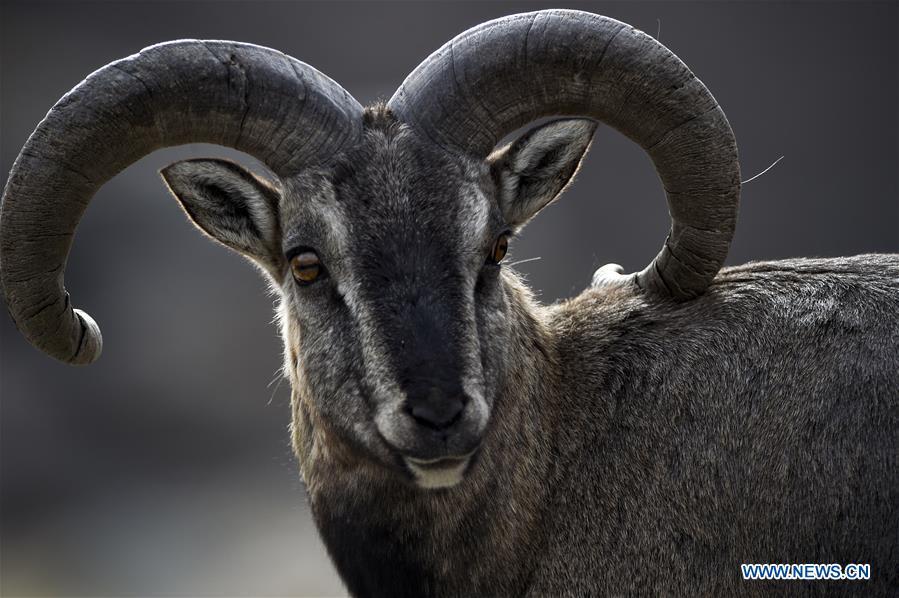
Bharal seen at Helan Mountain National Nature Reserve in Ningxia
The bharal (Pseudois nayaur), also called the blue sheep, is a caprine native to the high Himalayas; it occurs in India, Bhutan, China (in Gansu, Ningxia, Sichuan, Tibet, and Inner Mongolia), Myanmar, Nepal, and Pakistan. The Helan Mountains of Ningxia have the highest concentration of bharal in…

Bharal or Blue Sheep Pseudois Nayaur Stock Image Image of mammal, female 89655303
bharal dwarf blue sheep blue sheep, (genus Pseudois ), either of two species of sheeplike mammals, family Bovidae (order Artiodactyla ), that inhabit upland slopes in a wide range throughout China, from Inner Mongolia to the Himalayas. Despite their name, blue sheep ( Pseudois nayaur) are neither blue nor sheep.
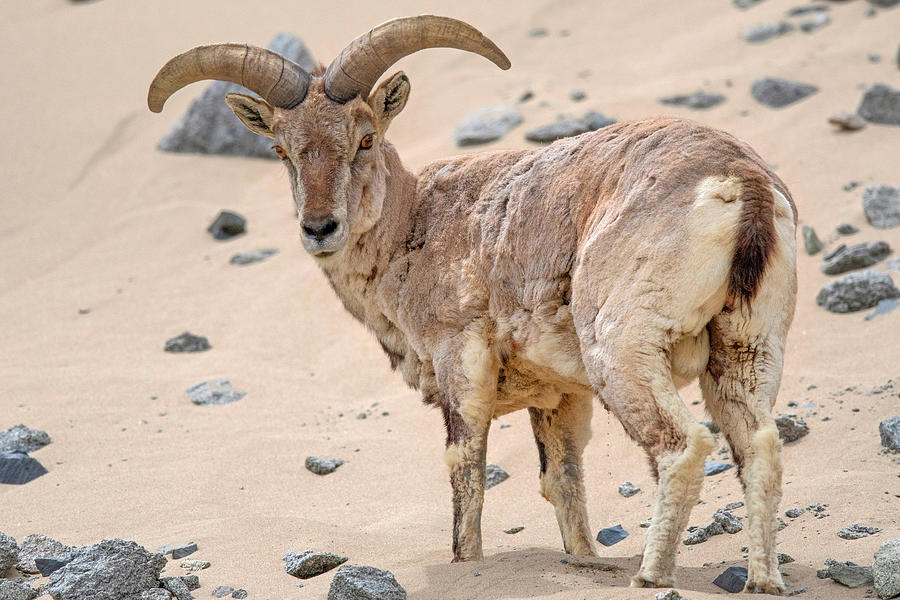
Blue Sheep or bharal, Pseudois nayaur, Ladakh Photograph by Yogesh Bhandarkar Pixels
Home Mammals Bharal Bharal Himalayan blue sheep, Naur, Barhal, Bharar, Bharut, Na, Sna, Nabo, Gnao , Blue sheep 13 languages Kingdom Animalia Phylum Chordata Subphylum Vertebrata Class Mammalia Order Artiodactyla Family Bovidae Subfamily Caprinae Genus Pseudois SPECIES Pseudois nayaur Population size 47-414 Thou Life Span 12-15 years Weight 35-75

Closeup of Bharal, Himalayan Blue Sheep or Naur Stock Photo Image of himalayas, asia 199961000
The Blue Sheep, or Bharal, is endemic to the Tibetan Plateau. According to noted biologist George Schaller, Blue sheep are best described as "goats with sheeplike traits."
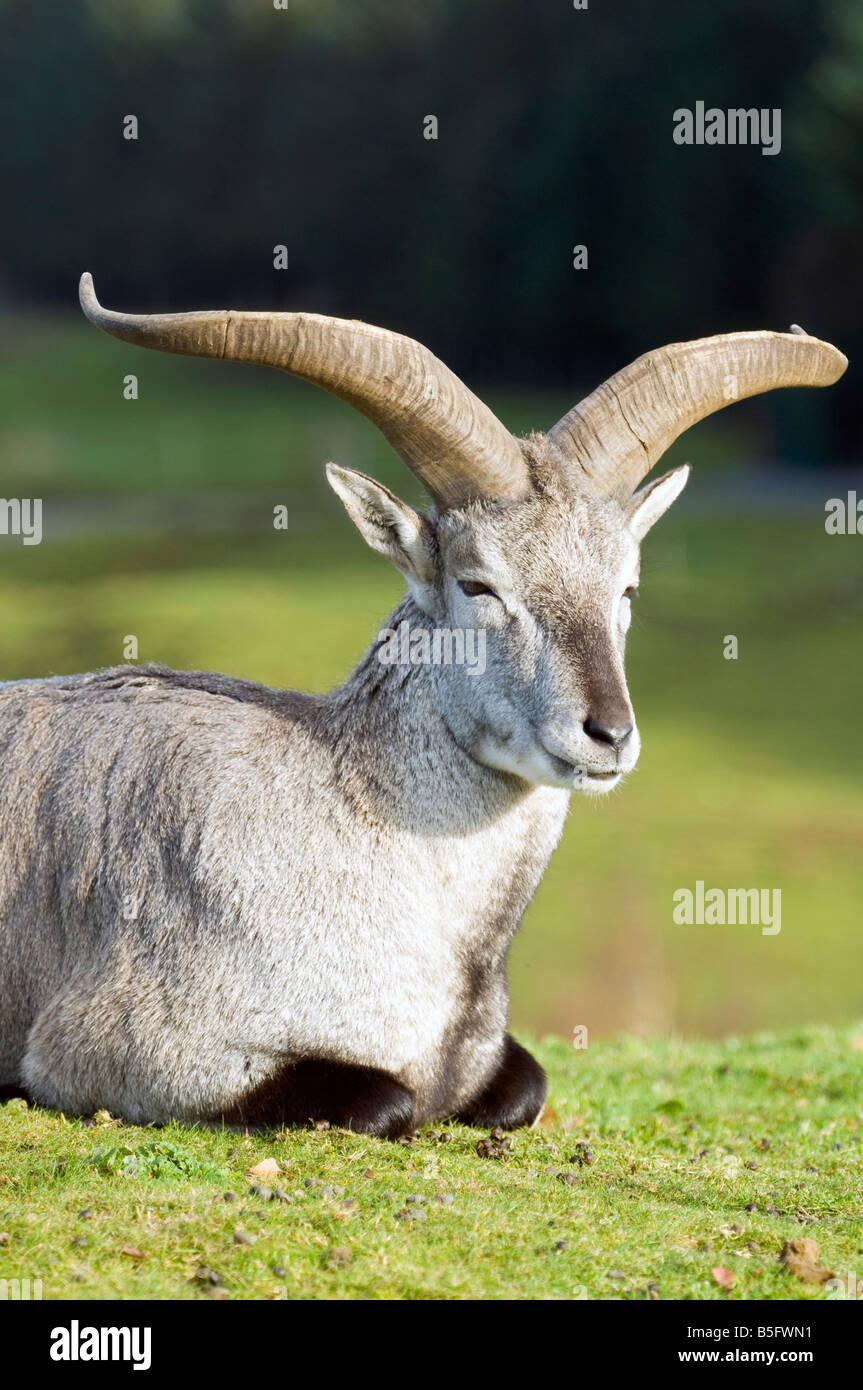
Bharal or Himalayan Blue Sheep (pseudois nayaur Stock Photo Alamy
The bharal ( Pseudois nayaur ), also called the blue sheep, is a caprine native to the high Himalayas. It is the only member of the genus Pseudois. It occurs in India, Bhutan, China (in Gansu, Ningxia, Sichuan, Tibet, and Inner Mongolia), Myanmar, Nepal, and Pakistan.

Himalayan Blue Sheep Facts, Habitat Roundglass Sustain
1. Blue sheep This mountain specialist is also known by several different names. In Urdu, the name Bharal means 'wild sheep', which is pretty much exactly what it is. But it's also known as the Great Blue Sheep, which is somewhat more debatable, as it's a remarkably grey animal in most cases.
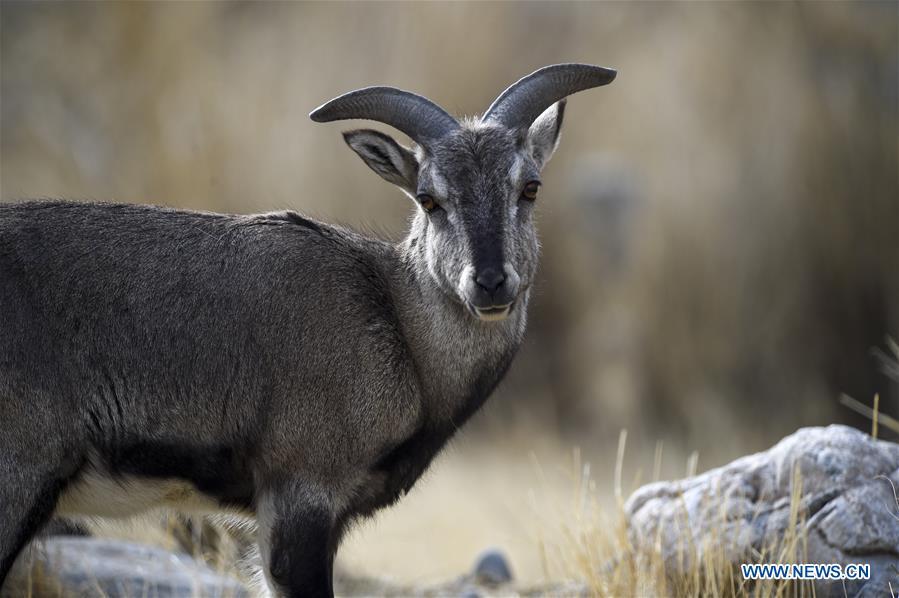
Bharal seen at Helan Mountain National Nature Reserve in Ningxia
Although it is commonly called a blue sheep, this stocky prey of the snow leopard is taxonomically between a sheep and a goat and is the only animal in the genus Pseudois. In Peter Mathiessen's book The Snow Leopard, the bharal originally drew him and researcher George Schaller into the Himalayas.